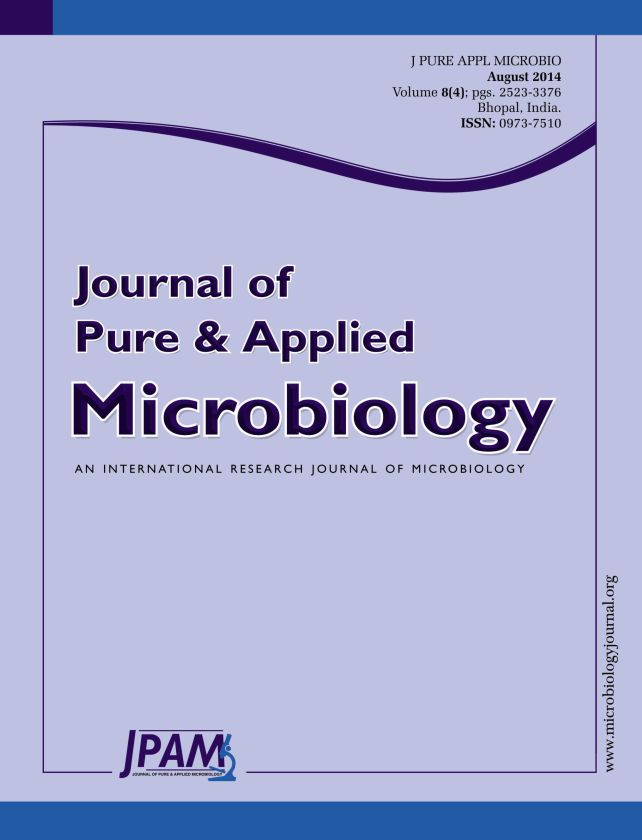Studies about indigenous microorganism’s diversity in extreme environments in Baja california, mainly Mexicali valley are scarce. Therefore, in the present study the objective was investigated the phytohormones production and phosphate solubilization capacities of four Acinetobacter strain, ICA01, ICA02Ba, ICA03Bs and ICA04Ma, isolated from Prosopis glandulosa rhizospere) in Mexicali valley. The result showed that the maximum P solubilization was recorded by the ICA04Ma (11.03 mg/L) with a maximum drop in the pH to 4.3. Followed by the ICA03Bs (9.28 mg/l), ICA02Ba (8.24 mg/L) and ICA01 (6.5 mg/L) with a maximum drop in the pH to 6.3, 5.7 and 6.7, respectively. On the other hand, the IAA production was significantly higher (Pd”0.05) in A.calcoaceticus ICA02Ba (46µg/mL) compared with the others strains that no showed changes significant. The production of gibberelins by A. calcoaceticus strains in liquid medium showed that ICA02Ba produced significantly amount of GA3 (4.3 mgL-1), followed by the ICA04Ma (3.2 mgL-1), ICA01 (3.6 mgL-1mg/L) and ICA03Bs Mc strains (3.6 mgL-1) after 72 h of incubation. Finally, A. calcoaceticus strains could be used for further field trials to improve agricultural productivity under arid conditions.
Mexicali valley, Mesquite, Microorganism, Phytohormones, Phosphorus
© The Author(s) 2014. Open Access. This article is distributed under the terms of the Creative Commons Attribution 4.0 International License which permits unrestricted use, sharing, distribution, and reproduction in any medium, provided you give appropriate credit to the original author(s) and the source, provide a link to the Creative Commons license, and indicate if changes were made.


